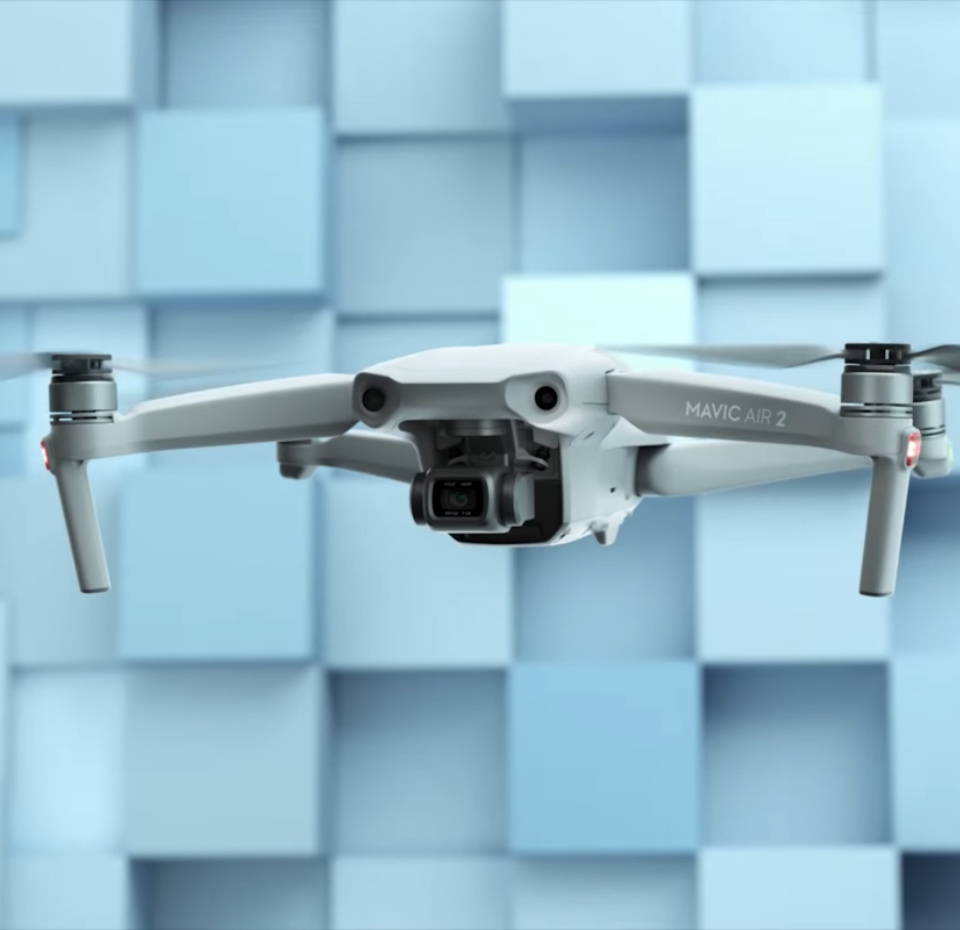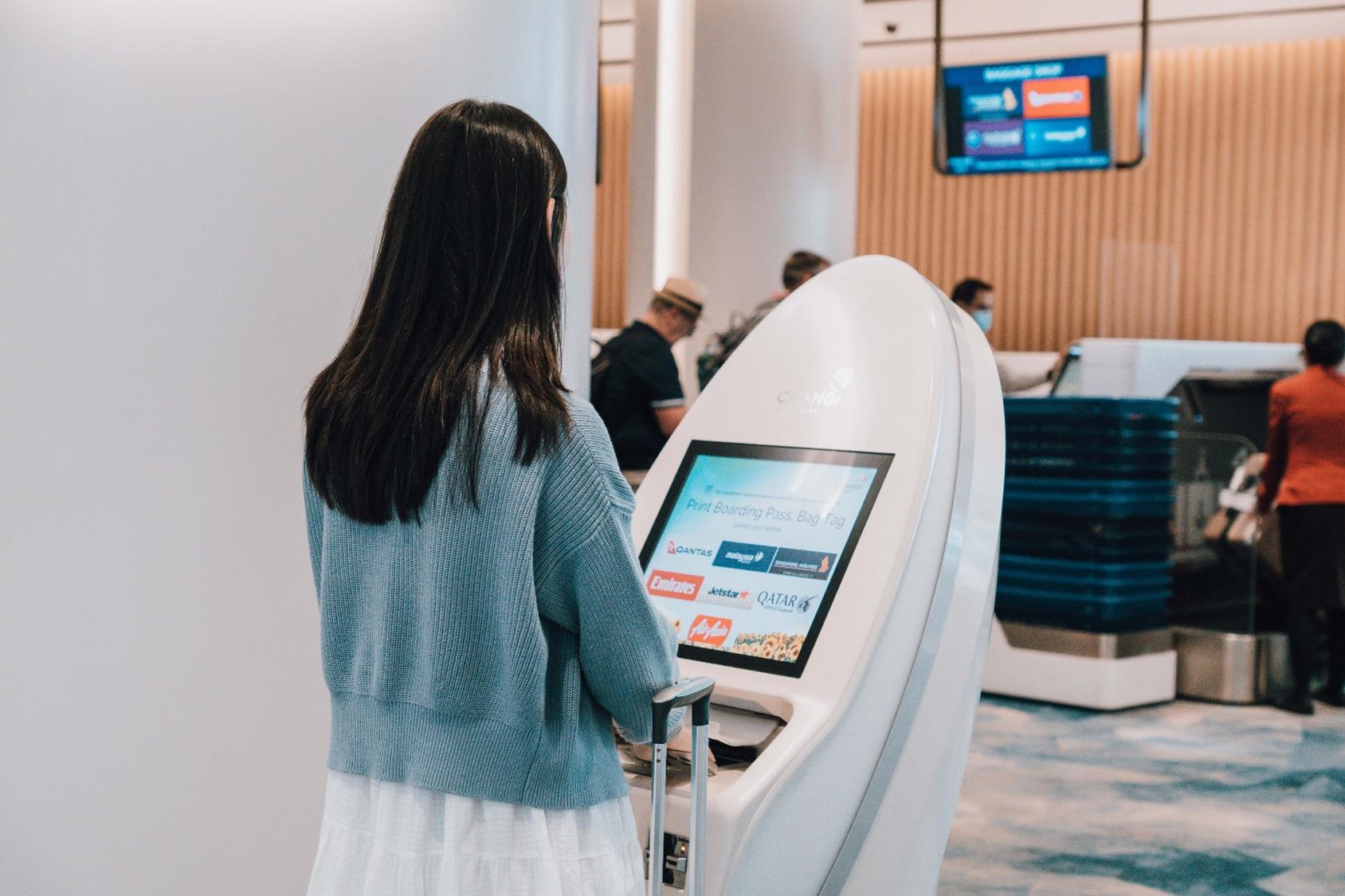DJI Mavic Air 2 might be the next best thing for travelers looking to capture incredible professional-quality footage’s of adventures.
Going on a much-awaited trip to a destination of one’s dreams require capturing every moment of it. Especially knowing very well the dream vacation is short-lived. While the amazing experiences are joyful, freezing the special moments to take back home is something everyone does. However, taking a couple of photographs or a video just do not suffice in the tech-world we now live in.
There are a number of online travel blogs and Instagram accounts solely dedicated for the purpose of sharing adventures. For that very reason, a lot of travellers invest in quality cameras and drones to capture their experiences. The DJI Mavic Air 2 is the perfect drone to capture aerial views of a destination.
Much like the DJI Mavic Air from 2018, the DJI Mavic Air 2 is an easy-to-fly drone with pro-level features. Completely redesigned to a more compatible size, the new drone comes with a new controller too. Despite looking like a miniature DJI Mavic 2 Pro, DJI claims that the Mavic Air 2 is the smartest drone they have created so far.
Taking power and portability to another level, the advanced features of Mavic Air 2 enables users to create excellent aerial masterpieces.
Effortlessly Smooth 4K/60fps Video
The Mavic Air 2 comes with effortlessly smooth 4K/60fps video, allowing users to create next-level content. The D-Cinelike flat colour profile retains more information for post-processing. The HEVC (H.265) video codec records more image information using less storage while preserving the dynamic range and detail of footages. The drone captures incredible HDR video with its high-performance Quad Bayer image sensor.
Optimized Capture with SmartPhoto
With a 1/2-inch CMOS sensor, Mavic Air 2 captures impressive 48MP photos. The Mavic Air 2 combines scene recognition, HyperLight and HDR into one mode with its SmartPhoto feature. Optimizing camera parameters for different sceneries, the scene recognition feature supports intelligent recognition of sunset, skies, grass, snow, and trees.
HyperLight improves the quality of photos captures in low-light condition, resulting in less noise and enhanced clarity. When capturing images in strong lighting conditions, HDR optimizes the dynamic range, adjusts exposure parameters and layers shots for more vibrant high-quality photos.
In addition to that, Mavic Air 2 features DJI’s most advanced panorama mode offering a higher dynamic range along with incredibly accurate and vivid colours. Creating professional-quality footage is effortless thanks to FocusTrack.
Creating Professional-Quality Footage is Trouble-Free
This incredible drone combines a powerful camera with intelligent shooting modes. With a FocusTrack enabling intelligent tracking modes, creating professional-quality footages is effortless. Obtaining stunning results in creative aerial photography will be a piece of cake with the Mavic Air 2.
The Mavic Air 2 also supports Hyperlapse in 8K, allowing users to warp time and space for stunning footages without complex post-processing. The incredible drone simplifies imagination with QuickShots. With just a few taps, Mavic Air 2 plans and flies complicated routes for a unique professional-quality shot.
Freedom for Exploring
The Mavic Air 2 supports safe flight with OcuSync 2.0, providing more freedom for exploring along with clarity for the perfect capture. With a 2.4/5.8GHz Dual Frequency communication, Equipped with Advanced Pilot Assistance Systems (APAS) 3.0, Mavic Air 2 automatically switches to the best channel with the lowest interference in real time. Moreover, it perceives the environment in three directions: forward, backward and downward.
An additional auxiliary light improves visibility, and the obstacle avoidance ensures safe flight while shooting. The drone can also stay in the air longer with its impressive battery life of up to 34 minutes. Users can capture perfect fast-paced shots with a max flight speed of 68 Kph in sport mode.
Easy User Experience
Furthermore, the DJI Fly App allows effortless editing of the footages, granting access to manual settings, advanced functions and intuitive templates. Creating unique professional-quality content has never been this easy.
Mavic Air 2 also comes with a newly designed remote controller offering comfortable grip along with an impressive battery life of 240 minutes. The new clamp makes it easy to attach to smartphones faster, while integrated antennas significantly improves user experience.








